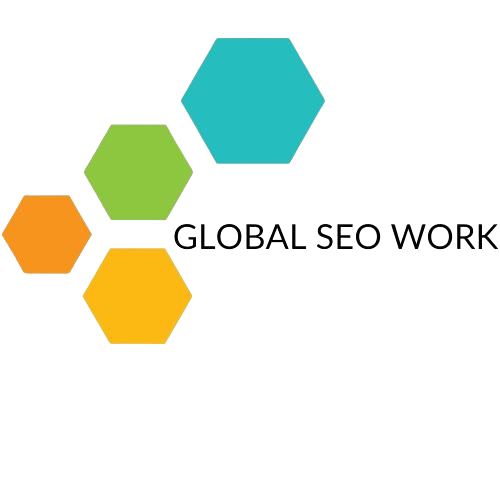LinkedIn is a social network for We answer professionals and, as such, has very unique characteristics. We have taken a look at the most common questions about this platform and we want to share the answers with you.
On LinkedIn, you can create a personal profile or a company page . Today, we’re focusing on company pages. If you already have one, learn how to make the most of the platform for your business. If you don’t have one, we hope to motivate you to create a page on the professional social network par excellence.
1. How is interaction on LinkedIn different from interaction on Facebook?
People use LinkedIn to learn more about their industry and to maintain professional contacts . When you visit this platform, you We answer probably expect to find educational, interesting articles to share with your work team.
Facebook , on the other hand, is used for entertainment and social interaction purposes. On this network , you will mainly find funny images and emotional videos to share with your friends.
Think of Facebook as your best friend and LinkedIn as your business partner . When developing your marketing strategy , adapt your message and content to the audience on each social network. On Facebook, the approach can be casual. However, on LinkedIn, it should be more professional.
2. Are there any success stories of B2C companies on LinkedIn?
B2B companies are more likely to succeed on LinkedIn, just as B2C companies tend to do better on Pinterest . But that doesn’t mean B2C businesses can’t use LinkedIn to their advantage. In fact, they can (and should) use the social We answer network to share job openings and showcase their company culture .
On LinkedIn, you can attract followers for your company as a brand, with its own identity, and not just as a supplier of a product or service. This is increasingly popular in Digital Marketing.
For example, Starbucks uses its LinkedIn page to showcase its brand identity . In the Careers tab, it explains why it’s great to work for the company. If you’re a B2C organization where corporate culture is a key element, make people curious about working there.
3. Is it beneficial to collect recommendations on a company’s LinkedIn page?
Absolutely! Do you trust advice from a family member or friend about a product or service more than, for example, a paid advertisement ? That’s the bitácoras awards, honoring the best bloggers idea behind recommendations . And that’s precisely why they work!
With LinkedIn recommendations , you can take advantage of compliments posted on other social networks and direct them to your company We answer page. Then, you’ll see how many impressions each recommendation has, its level of engagement and which products are most recommended.
4. How much time should you spend maintaining a LinkedIn business page in a week?
Once your page is complete, maintenance takes little time. For example, on Twitter , updates and feedback must be constant, which requires lead, or a promise to be fulfilled frequent monitoring. On LinkedIn, on the other hand, one post per day or every two days is enough. In fact, if you post more than that, you are probably overdoing it. Therefore, focus more on the content you publish and its value to your audience than on frequency.
Posting, monitoring, responding to We answer comments and analyzing metrics shouldn’t take more than 10 minutes of your day. If you plan your posts on this social network , those 10 minutes will become 5. Isn’t it worth it?
5. What is the best way to find potential clients on LinkedIn?
Groups are your best bet, especially if your company philippines numbers belongs to a niche market. This is because you can establish yourself as an expert in the field through discussions or posts.
Groups are generally popular and allow for excellent discussions between professionals interested in the same subject. For example, if your company sells guitars, it would make sense to create a group for guitarists. That way, when someone has a question or problem with their instrument, you can show off your expertise .
LinkedIn groups are the starting point for building awareness and trust in your brand. If people believe in your professionalism , they will be .
